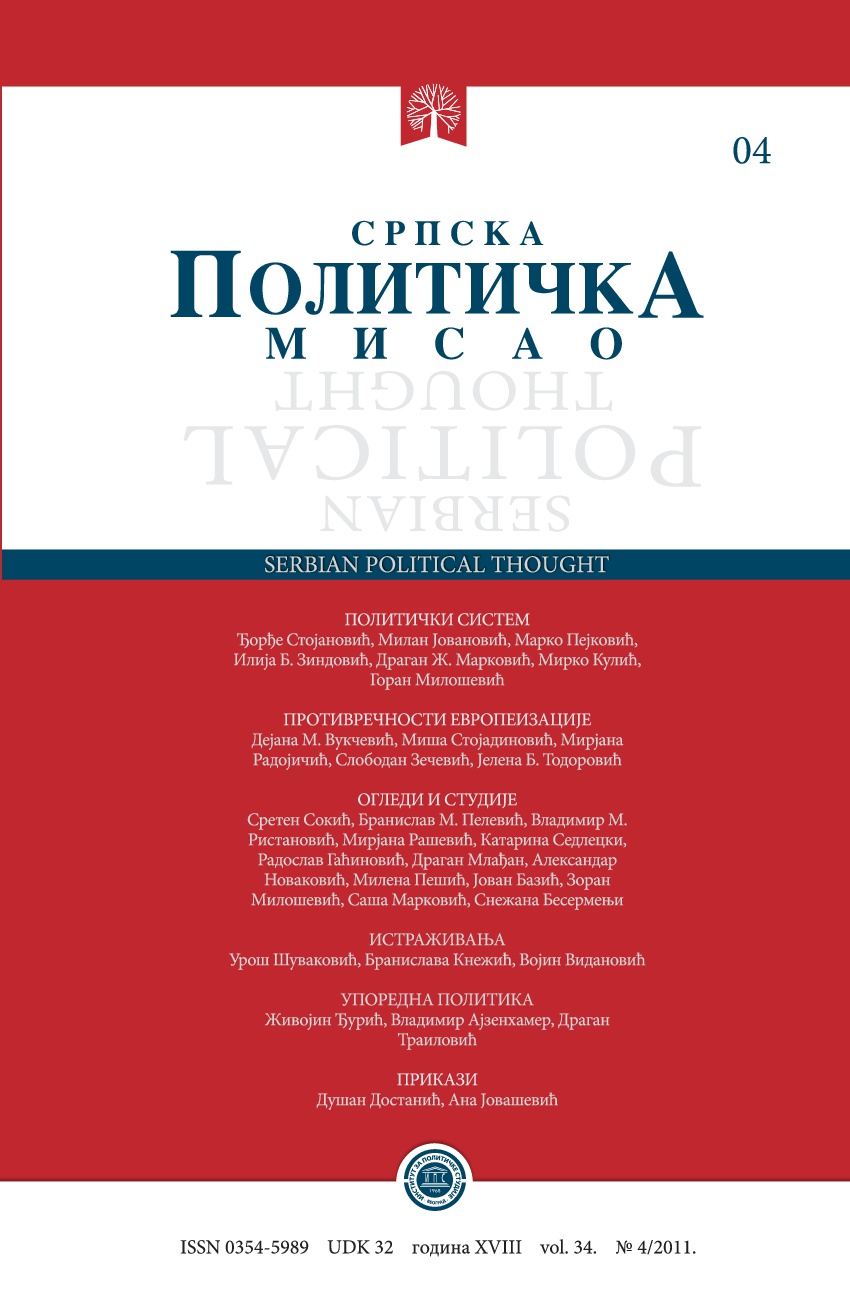Проблеми азиланата у Cрбији
Problems of Asylum Seekers in Serbia
Author(s): Branislava Knežić, Vojin VidanovićSubject(s): Law, Constitution, Jurisprudence, Transformation Period (1990 - 2010), Migration Studies, EU-Approach / EU-Accession / EU-Development
Published by: Институт за политичке студије
Keywords: Law on Asylum; minors seeking asylum; countries of origin; asylum justification;
Summary/Abstract: Since 2008. „Law on Asylum“ was enacted in Serbia, a constant raise in number of asylum seekers has been recorded. How many of them are transpassing Serbia and are not enlisted and are not seeking asylum is difficult to estimate. Hardship of life in countries of Asia and Middle East, as well as wars in Northern Africa have influenced the increase of families that are currently seeking for better life in Serbia. In this paper we try to focus attention of professional and science public to a specific problem of asylum seekers that have passed many borders, who have been left at our borders by human smugglers while they have been thinking they have reached EU, often frightened and learned from contact with Police to ask for asylum, families that have separated, not knowing of their destiny. Special problems are minors separated from their parents, not knowing what destiny awaits them. Analyzed informations are collected from the Comessariat for refugees, Center for residential care of minors foreigners without parental guardianship and NGO “Asylum protection center”. Goal of the paper is to answer the question of number of origin of minors asylum seekers, legal and practical side of fulfilling their rights, analysis of services provided as well as of possibilities to enhance them. It is well known that underage young people are exposed to risks of human traffickers, various forms of abuse on that road of hope and uncertainty, and that they need adequate assistance and protection. For such care, beside legislation, a sufficient number of psychosocial care takers is needed as well as material resources and institutional capacities.
Journal: Српска политичка мисао
- Issue Year: 2011
- Issue No: 4
- Page Range: 421-441
- Page Count: 20
- Language: Serbian

